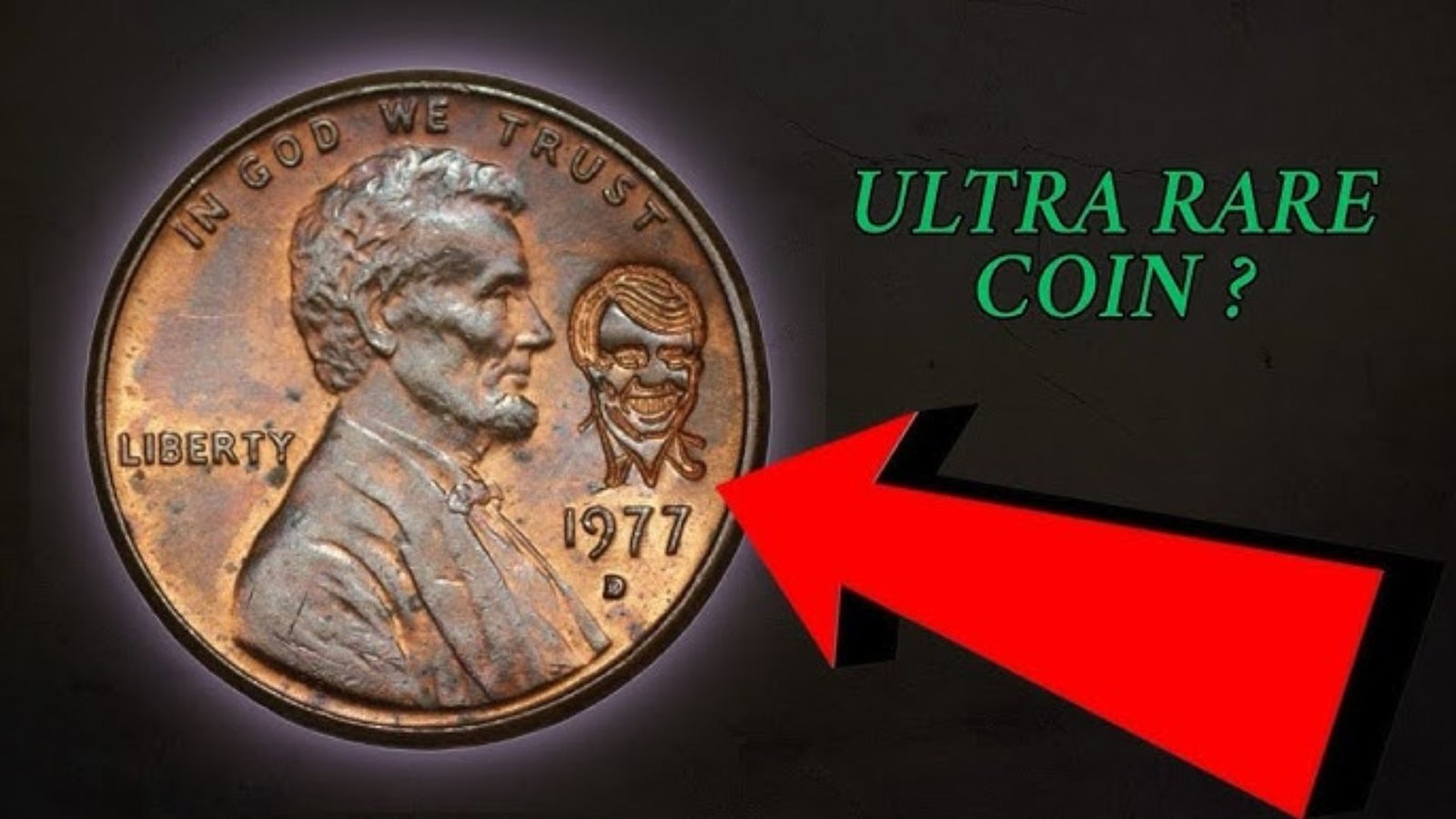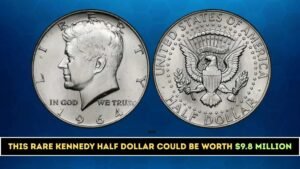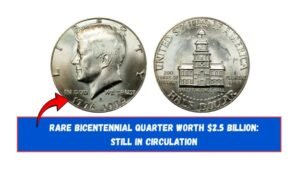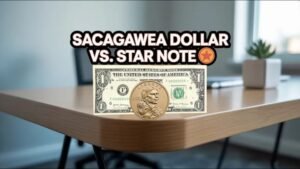Hey there, coin enthusiasts! Imagine digging through your change jar and spotting a shiny 1997 penny. Is it just pocket lint, or could it be a numismatic treasure worth thousands? We’ve all heard wild tales of rare coins turning folks into overnight millionaires.
But what’s the truth behind the 1997 Liberty One Cent Coin? In this post, we’ll debunk myths, uncover hidden errors, and reveal its true value in the world of rare coins and Lincoln Memorial cents. Stick around—you might just learn how to spot a gem in your spare change.
What is the 1997 Liberty One Cent Coin?
Picture this: a humble copper-zinc disc featuring Abraham Lincoln’s profile on one side and the Lincoln Memorial on the other. That’s your 1997 Liberty One Cent Coin, aka the Lincoln Memorial penny. Minted in Philadelphia (no mark), Denver (D), or San Francisco (S for proofs), it’s part of the post-Wheat era series running from 1959 to 2008. Unlike flashy rare coins, this one’s sneaky—most are worth face value, but errors make it a hobbyist’s dream.
A Quick Dive into Its History
The Lincoln penny kicked off in 1909 to honor our 16th president, evolving from the Wheat design (think those collectible Lincoln Wheat pennies with stalks on the back) to the Memorial in ’59. By 1997, production hit over 4.6 billion Philadelphia pieces alone. It was a stable year for the U.S. Mint, but die mishaps created secret varieties that echo the charm of older numismatic favorites.
Busting Myths: Is Your 1997 Penny Really Worth a Fortune?
Social media loves a good tale—like that viral claim of a 1997 penny fetching $1,020,000. Spoiler: It’s mostly hype. No such sale exists; it’s a twisted error story gone wild. Sure, pristine examples have hit $6,360 at auction, but that’s for top-grade rarities, not your couch cushion find. Let’s set the record straight with this table:
| Myth | Fact |
|---|---|
| Every 1997 penny is worth millions due to a “secret error.” | Only specific errors boost value; most are 1¢. |
| It’s rarer than a 1909-S VDB Lincoln Wheat penny. | Billions minted—far from scarce without flaws. |
| The “Liberty” engraving alone jacks up the price. | Standard on all Lincolns; no extra worth there. |
The Real Secrets: Valuable Errors to Look For
Here’s the juicy part: errors like the Doubled Ear variety, where Lincoln’s ear looks doubled from a die shift. These “secrets” can turn a penny into profit. The 1997 Doubled Die Obverse (FS-101) shows extra hair curls and lobe doubling—worth $30 to $150 in good shape, up to $1,000+ for gems. Other gems? Struck-through caps or double dies on both sides.
Why It’s Still Buzzing in Numismatic Circles Today
In a world ditching pennies, the 1997 version shines for modern collectors. It’s affordable entry to rare coins, bridging Wheat penny nostalgia with error-hunting thrills. Values hold steady, making it relevant for hobbyists eyeing Lincoln Memorial cent investments.
Hunt for Treasure: How to Engage with 1997 Pennies
Grab a magnifier and hit the bank rolls! Check for doubling on Lincoln’s ear or off-center strikes. Benefit? It’s fun, educational, and could pad your wallet. Join forums or apps to trade—turn curiosity into a collection.
Fun Facts and Jaw-Dropping Records
Did you know? 1997 Philly mintage topped 4.6 billion, but only a handful of Doubled Ear errors survive in top grade. Auction high: A red MS69RD sold for $6,360 in 2021. Compare varieties here:
| Variety | Mintage | Avg. Value (Circulated) | Top Auction |
|---|---|---|---|
| 1997-P (No Mark) | 4,622,800,000 | $0.01 | $6,360 (MS69RD) |
| 1997-D | 4,563,698,000 | $0.02 | $18,563 (Error RD) |
| 1997-S Proof | 3,184,561 | $1–$5 | $75+ (Gem) |
| Doubled Ear Error | N/A | $30–$150 | $1,000+ (High Grade) |
Pro Tips from Coin Pros
Store in albums, away from air—oxidation kills value. Use a 10x loupe for errors; consult PCGS or NGC for grading. Start small: Hunt change before big buys. And remember, condition is king in numismatics.
Frequently Asked Questions
What’s the 1997 penny value without errors?
Just 1¢, unless uncirculated (up to $0.50).
How do I spot a Doubled Ear?
Look for extra lines on Lincoln’s ear lobe under magnification.
Are 1997 pennies like Lincoln Wheat pennies?
Similar design roots, but Memorial reverse—easier to find, harder to error-spot.
Worth grading my 1997 find?
Yes, if it shows clear doubling; costs $20–$50 but boosts resale.
Conclusion
In wrapping up, the 1997 Liberty One Cent Coin proves even everyday pennies pack numismatic punch—myths aside, its real worth lies in those clever errors and collector joy. Key takeaway? Inspect your change; you might unearth a $100 surprise. Dive deeper into rare coins, share your finds below, or check our Lincoln Wheat penny guide next. Happy hunting!




